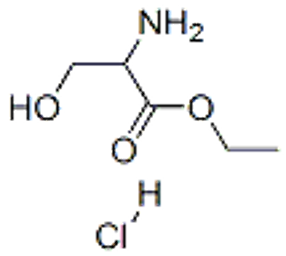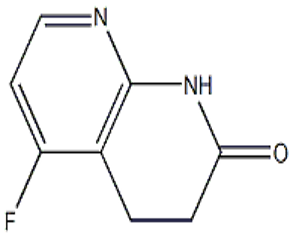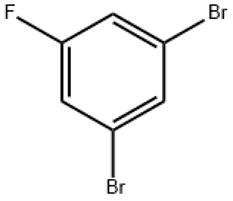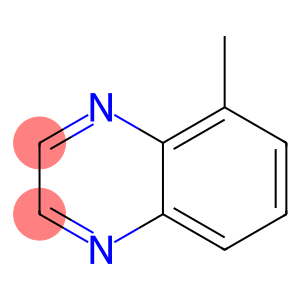4-Bromo-3-chloroanisole(CAS#50638-46-5)
| Hazard Symbols | Xn – Harmful |
| Risk Codes | R22 – Harmful if swallowed R51 – Toxic to aquatic organisms |
| Hazard Note | Harmful |
Introduction
4-Bromo-3-chrooanisole, chemical formula C7H6BrClO, is an organic compound. The following is a description of its nature, use, formulation and safety information:
Nature:
4-Bromo-3-chrooanisole is a colorless to pale yellow liquid. It can solidify into a solid at low temperature. It has a density of 1.6g/cm³, a boiling point of 198-202 degrees Celsius, and a melting point of 12-16 degrees Celsius. Its chemical properties are relatively stable, not easy to hydrolysis and decomposition.
Use:
4-Bromo-3-choroanisole is commonly used as an intermediate in organic synthesis, especially for the preparation of pharmaceuticals, pesticides and fragrance compounds. It can be used as the initiator or donor of the reaction and participate in a variety of organic reactions, such as nucleophilic substitution reaction, substitution reaction of aromatic compounds and so on.
Preparation Method:
4-Bromo-3-chloroanisole is generally obtained by reacting p-hydroxyanisole with cuprous bromide (CuBr2) and cuprous chloride (CuCl). The reaction conditions can be adjusted according to specific conditions, and the most commonly used reaction solvents are dimethylsulfamide (DMSO) or dimethylformamide (DMF).
Safety Information:
4-Bromo-3-choroanisole should avoid contact with skin, eyes and respiratory tract. Wear protective gloves, goggles and masks during operation. In case of inadvertent contact, immediately flush the affected area with plenty of water and seek medical help. In addition, it should prevent fire and static electricity during storage and use. When handling such compounds, attention needs to be paid to standard procedures for safe handling.








